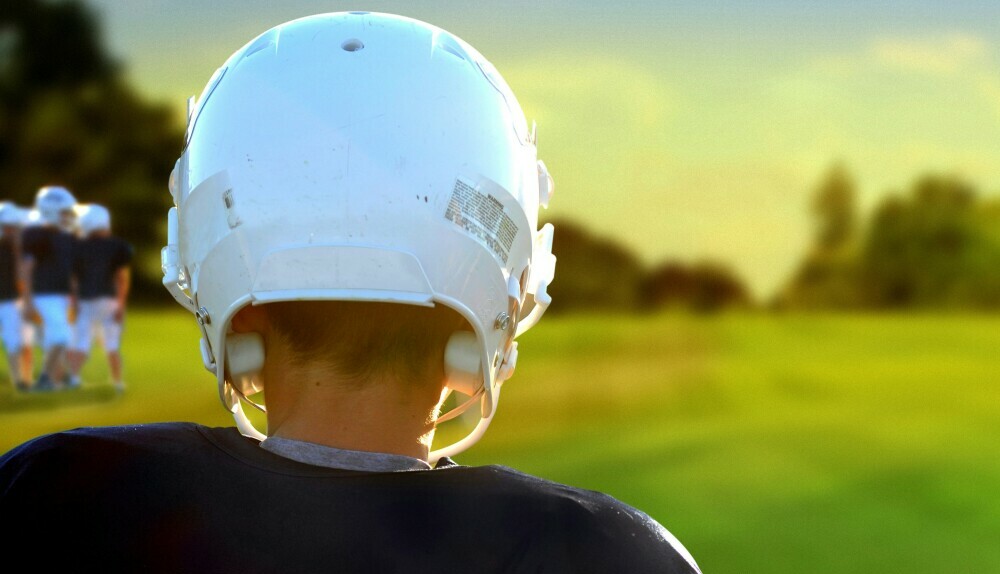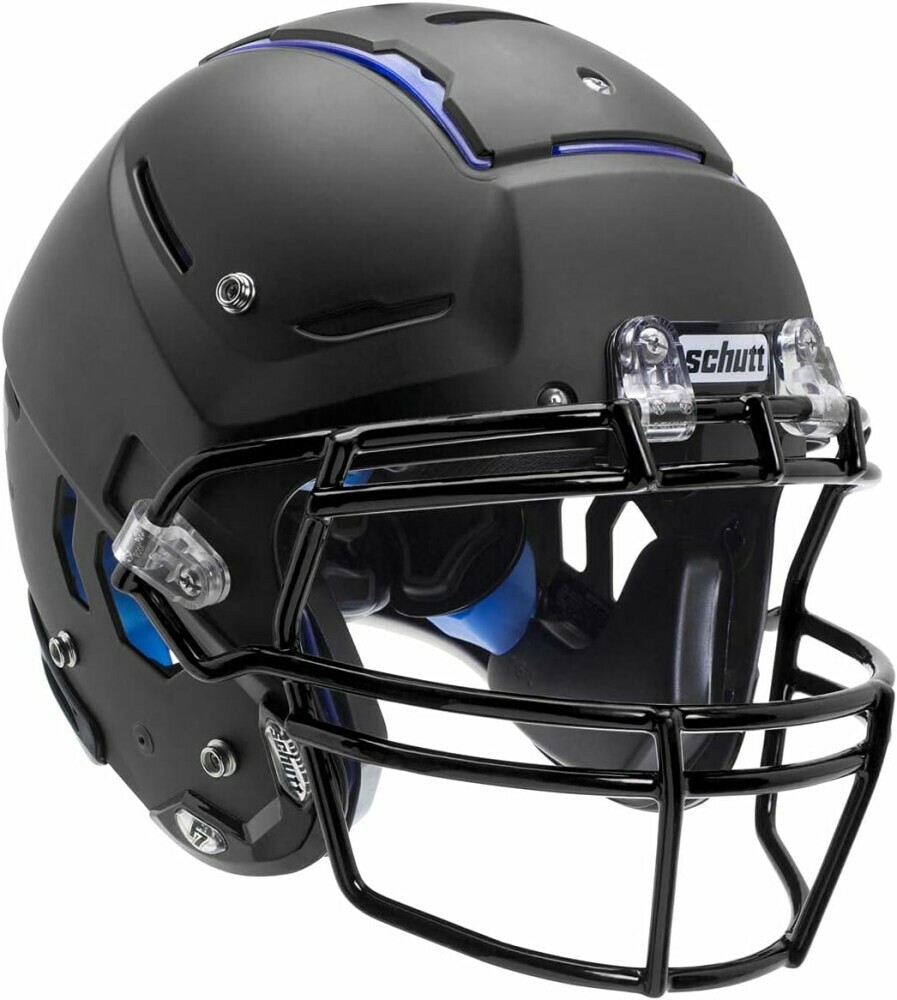
Concussions don’t just affect professional athletes; they’re a serious concern for young football players as well. With increased awareness, parents, coaches, and organizations strive to understand the risks and take action to mitigate them. In this context, the right gear, particularly the helmet, is not just equipment but a critical safety asset.
The reason proper head protection takes center stage is simple: the developing brains of young athletes are much more susceptible to long-term damage from head injuries. As such, safeguarding them during these formative years is essential. Advances in medical research have hammered home the importance of preventing concussions where possible.
In response, helmet manufacturers have elevated their game. The latest helmet designs boast innovations aimed directly at reducing the risk of concussions. Helmets now come equipped with technologies like multi-layered padding systems, custom-fit options, and materials designed to absorb and distribute impact more effectively.
This leads to a crucial consideration for anyone involved in youth football: understanding the characteristics that make up a top-quality helmet capable of offering the highest level of concussion protection. It’s not just about cushioning a blow; it’s about technology and design working together to keep young athletes safe.
What to Look for in a Youth Football Helmet
Selecting the right youth football helmet is vital for reducing the risk of concussions. The focus must be on helmets that not only fit comfortably but also offer the best possible protection. Helmets are not just protective gear; they’re a crucial investment in a young athlete’s health and future in sports. Here, I will detail the features to prioritize when choosing a football helmet for youth players.
CONCUSSION PREVENTION starts with design. Look for helmets that boast innovative technology aimed at absorbing impact. Multi-layered padding, particularly foam that can compress and rebound, helps dissipate the force of a blow. Also, look for a helmet that limits rotational forces, a less obvious yet harmful contributor to brain injuries.
A PROPER FIT is non-negotiable. Ill-fitting helmets can significantly compromise safety. Pay attention to the size chart provided by manufacturers and measure the player’s head accurately. Helmets should be snug, but not too tight, and should not shift during movement. Regular checks throughout the season are essential to ensure the fit remains ideal as a player grows or changes hairstyle.
SAFETY RATINGS are benchmarks that cannot be overlooked. Helmets should meet or exceed standards set by organizations like the National Operating Committee on Standards for Athletic Equipment (NOCSAE). A certification sticker from this body is your assurance that the helmet has been tested rigorously to withstand high-impact collisions.
In conclusion, when searching for the best football helmet for concussions, prioritize advanced impact-absorbing technology, a secure and precise fit, and trusted safety certifications. These elements combine to form the first line of defense against head injuries in youth football.
Top Picks for the Best Football Helmet for Concussions
As a parent or coach, choosing the right helmet for your young athletes is more than a matter of style; it’s about providing the utmost safety. I’ve scoured customer testimonials, expert reviews, and safety ratings to compile a list of the best helmets designed to reduce the risk of concussions.
One standout is the Riddell SpeedFlex Youth Helmet, known for its Patented Side Impact Protection and cutting-edge shock absorbers. Another top contender is the Schutt F7 Youth Helmet, which boasts a Tektonic Plate technology to distribute impact energies. Both helmets exceed safety expectations and are frequently mentioned in discussions about top-notch concussion prevention for youth players.

I’ve found compelling success stories from parents and teams that credit these helmets with protecting athletes from serious head injuries. Reports show players confidently engaging in play, knowing they’re equipped with some of the highest-rated protection available.
While these helmets are at the forefront, it’s essential to remember that the best helmet for concussion protection is the one that fits your player perfectly. An ill-fitting helmet, no matter how advanced, cannot provide the full safety benefits it’s designed for. Proper fitting sessions, therefore, are as vital as the helmet itself.
Maintaining Safety Beyond the Best Football Helmet Concussion Protection
A top-tier helmet is a significant step towards safety, but it’s not the end of the road. The culture of safety in youth football encompasses much more. Coaches and parents must prioritize teaching safe playing techniques. It’s about knowing how to tackle and play without putting oneself at unnecessary risk.
Regular training on the correct way to engage in the sport can drastically reduce the likelihood of concussions. This includes proper body positioning, awareness of surroundings, and understanding the importance of reporting any symptoms of a concussion immediately.
Moreover, it’s important to remember that safety gear and protocols evolve. Staying informed about the latest research and innovation in sports safety equipment is essential. Advancements in technology can introduce new opportunities to enhance protection for young athletes.
Finally, fostering an environment where players feel comfortable speaking up about potential injuries and their well-being is crucial. The right helmet, combined with a comprehensive approach to safety, can make the game of football a positive and enriching experience for our youth. It’s up to everyone involved to uphold these standards.
**Here’s a little transparency: Our website contains affiliate links. This means if you click and make a purchase, we may receive a small commission. Don’t worry, there’s no extra cost to you. It’s a simple way you can support our mission to bring you quality content.**
